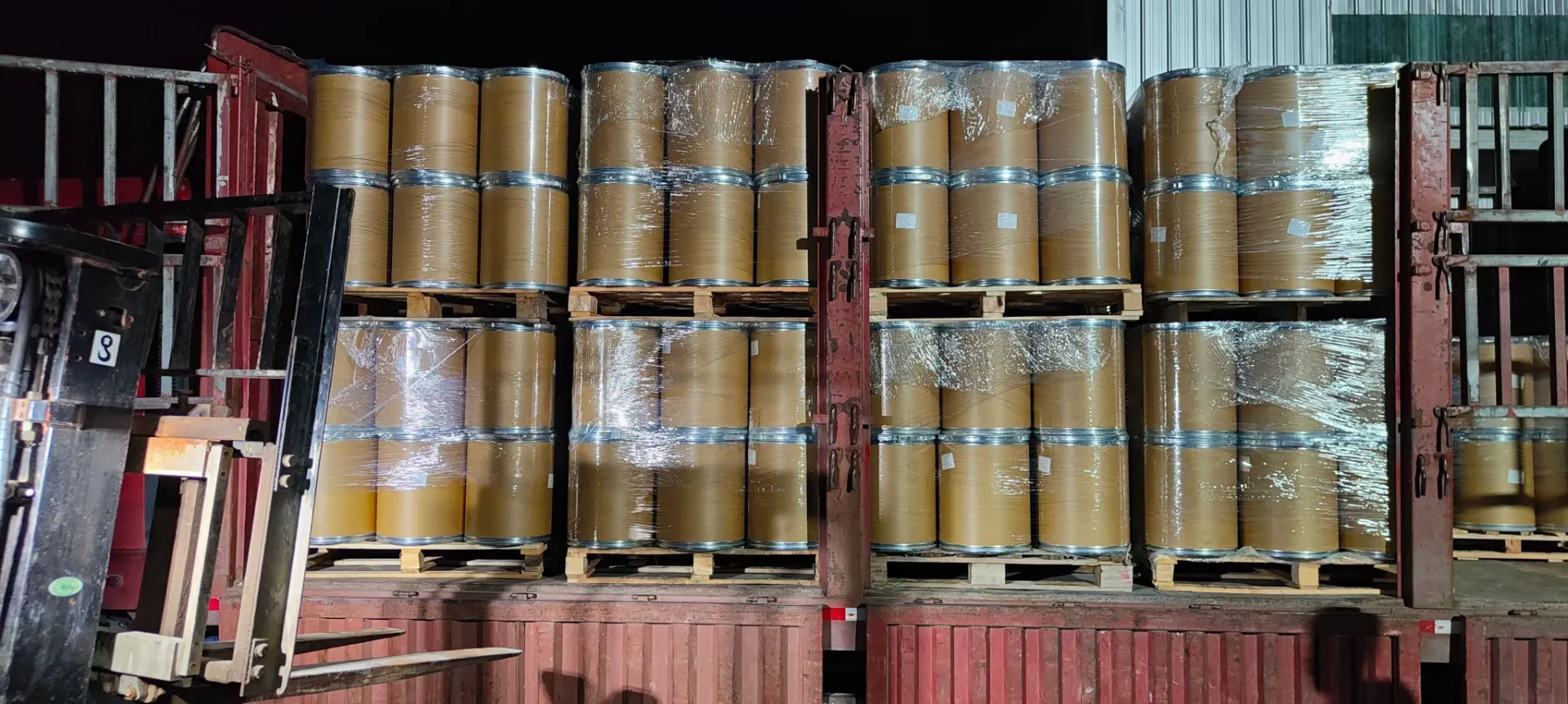Chemical Dosing Systems in Water Treatment Enhancing Efficiency and Safety
Water treatment is a critical process that ensures the provision of safe and clean water for drinking, industrial, and agricultural purposes. One of the key components of effective water treatment processes is the chemical dosing system. These systems are designed to inject precise amounts of chemicals into water to achieve desired purification levels, improve water quality, and ensure regulatory compliance. This article will explore the significance of chemical dosing systems in water treatment, their components, operational mechanisms, and the benefits they offer.
The Importance of Chemical Dosing Systems
Water sources are often contaminated with various impurities, including microbes, heavy metals, and organic compounds. To mitigate these contaminants, chemical dosing systems play a crucial role. By accurately injecting antimicrobial agents, coagulants, flocculants, pH adjusters, and disinfectants, these systems facilitate removal of impurities, pathogens, and undesirable tastes and odors. In residential drinking water treatment, chemical dosing helps ensure that substances like chlorine or ozone are used effectively to eliminate bacteria and viruses, providing safe drinking water.
In industrial applications, chemical dosing is essential for process optimization. For example, manufacturers often need to maintain specific fluid chemistries to prevent equipment corrosion or scaling. Therefore, implementing an efficient chemical dosing system not only safeguards product quality but also enhances operational efficiency, ultimately leading to cost reductions.
Components of a Chemical Dosing System
A typical chemical dosing system comprises several core components, each playing a vital role in the dosing process
1. Chemical Storage Tanks These vessels hold the chemicals before they are injected into the water system. The materials of construction must be compatible with the chemicals stored to prevent corrosion or leaks.
2. Dosing Pumps These pumps control the rate at which chemicals are introduced into the water stream. They can vary from diaphragm pumps to peristaltic pumps, depending on the chemical properties and required dosing accuracy.
3. Flow Meters Flow meters monitor the water flow rate, allowing the system to adjust chemical dosing rates dynamically based on real-time water flow.
4. Control Systems Integrated control systems, often equipped with advanced sensors, monitor parameters such as pH, chlorine levels, and turbidity. These systems ensure that the dosing rates are adjusted according to the quality of water being treated.
5. Safety Mechanisms Chemical dosing systems must have safety features to prevent over-dosing, spills, and accidents. This includes alarms, emergency shut-off valves, and secondary containment systems to manage leaks effectively.
chemical dosing system water treatment

Operational Mechanism
The operation of a chemical dosing system begins with the selection of appropriate chemicals based on the characteristics of the water source and treatment objectives. Once the necessary chemicals are identified, the system calculates the precise dosage required, accounting for factors such as flow rate and target concentrations.
The dosing pumps are activated, delivering the calculated amounts of chemicals into the water through strategically placed injection points. As the water flows through the system, it undergoes chemical reactions that lead to the desired purification effects – whether it is neutralizing acidity with lime, coagulating particles with aluminum sulfate, or disinfecting with chlorine.
Benefits of Chemical Dosing Systems
1. Precision and Consistency One of the primary advantages of chemical dosing systems is their ability to deliver accurate and consistent doses, minimizing the risk of both under-dosing and over-dosing.
2. Improved Water Quality By effectively removing contaminants, these systems contribute to higher water quality, meeting or exceeding regulatory standards and ensuring safety for consumers.
3. Operational Efficiency Automated dosing systems reduce the need for manual intervention and monitoring, freeing up personnel and minimizing human error. This increases overall operational efficiency in water treatment facilities.
4. Cost Savings With optimal control over chemical usage, facilities can reduce wastage and lower operational costs. Additionally, improved water quality can decrease costs associated with downstream processes, such as filtration and descaling.
5. Safety Advanced dosing systems incorporate various safety features that minimize risks associated with handling hazardous chemicals. Proper training and automated systems can substantially reduce the likelihood of accidents.
Conclusion
Chemical dosing systems are integral to modern water treatment processes. They enhance the effectiveness of water purification efforts, ensuring public health and safety while optimizing resource use in various industrial applications. By investing in advanced chemical dosing technologies and adhering to best practices, we can safeguard our water resources for future generations. As we continue to face challenges related to water quality and scarcity, the role of these systems will undoubtedly grow in importance, driving innovations in water treatment and management.

